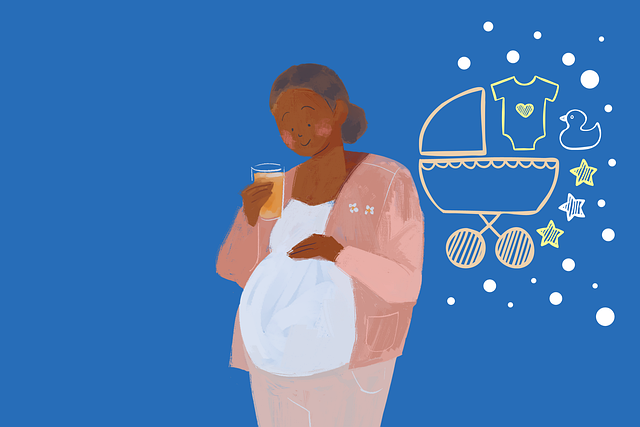Your body undergoes a myriad of changes during pregnancy, and the hormonal shifts can lead to unexpected effects even after your little one arrives, such as postpartum hair loss. Many new mothers might assume it’s just a few extra strands in the shower, but a viral Instagram video shared by Mia Thompson, owner of Creative Edge Salon in California, showcases the shocking intensity of postpartum hair loss.
“Nothing compares to the post-pregnancy shed! You know that moment, four months postpartum when your drain becomes completely clogged!” she humorously captioned the video. “So oddly satisfying. It’s just as effective as scalp treatments!” If you managed to watch without turning away, you would see her gently tugging at her client’s hair, extracting what looks like an entire doll’s head’s worth of hair from the scalp. Thanks, hormones!
I was left speechless after viewing this, but Mia reassures viewers through an interview with Health Style that this process is entirely normal. She frequently assists her postpartum clients in managing their shedding locks after childbirth. “It’s become a common joke among my pregnant clients that once they give birth, I’ll be pulling out their hair,” she commented. “The client featured in the video had her baby four months ago, which is typically when hair loss begins.”
According to the American Pregnancy Association, the medical term for postpartum hair loss is telogen effluvium. It usually occurs one to five months after childbirth and impacts around 40 to 50% of new mothers. (If only it could make our chin hairs disappear too.) The shedding of hair following delivery is linked to shifts in hormone levels. When not pregnant, 85-95% of hair strands are actively growing, while the remaining ones are in a resting phase and susceptible to falling out. On average, a woman loses about 100 hair strands daily when not pregnant. However, during pregnancy, elevated estrogen levels keep more hairs in the growth phase, leading to the thick, luxurious locks many women experience. After giving birth, estrogen levels decrease, causing a significant number of hairs to enter the resting phase. This explains the large clumps of hair that accumulate in your shower after your baby arrives. The bright side? This hair loss is temporary and typically doesn’t lead to bald patches. Most women will see their hair return to its previous state (though not as voluminous as during pregnancy) by the time their baby turns one year old.
If you’re concerned about experiencing heavy hair loss like the woman showcased in this video, the degree may depend on your hair type. Mia explains that postpartum hair loss can appear more pronounced in those with curly hair because the curls tend to intertwine, resulting in clumps rather than single strands falling out.
With over three million views and counting, this video resonates with many mothers who recall their own experiences after childbirth when brushing their hair could yield a clump the size of a small dog. Expectant mothers have expressed gratitude for seeing an authentic portrayal of postpartum hair loss; I completely understand. I was taken by surprise when I experienced my own shedding four months after my twins were born, finding myself sobbing on the shower floor, convinced something was drastically wrong. It turns out, it was just a normal part of the process—albeit a rather unsettling one.
Mia herself welcomed a son five months ago, so she’s not just spreading awareness; she’s navigating her own postpartum hair loss journey as well. “It’s everywhere in my bathroom,” she admits.
To learn more about managing your fertility journey, you can check out this insightful post on artificial insemination kits. Additionally, for further information on pregnancy and home insemination, consider exploring this excellent resource on in vitro fertilisation. For authoritative insights into postpartum changes, visit Modern Family Blog.
Summary
Postpartum hair loss is a common experience for many new mothers, with hormonal changes contributing to the shedding of hair. A viral video by Mia Thompson demonstrates the extent of hair loss that can occur four months postpartum. While this can be alarming, it is typically a temporary condition that resolves within a year. Understanding this natural phase can help ease the concerns of new mothers facing similar challenges.
